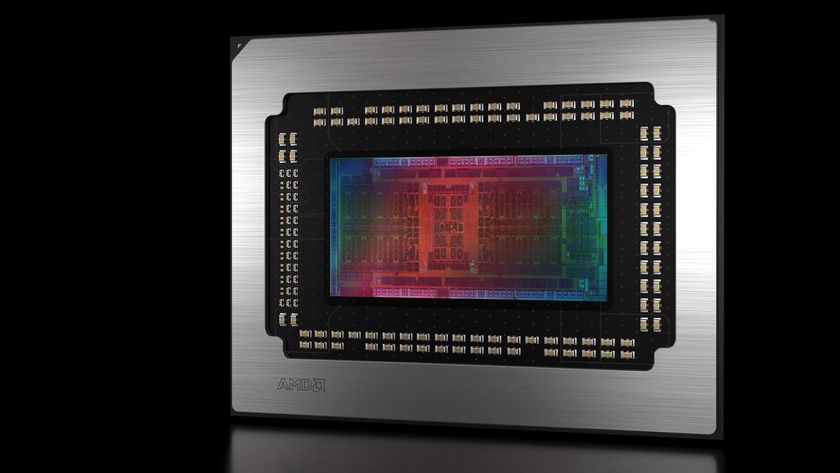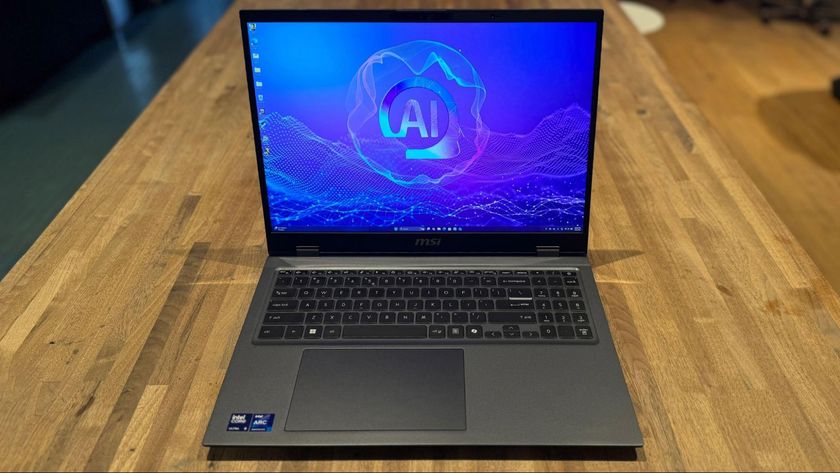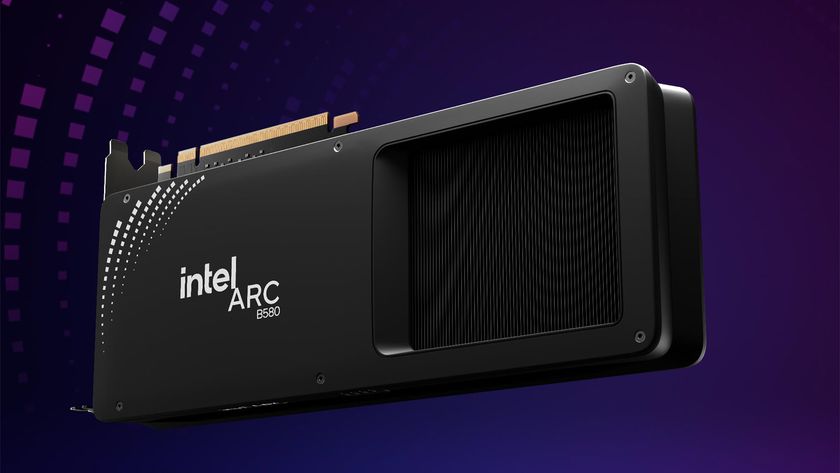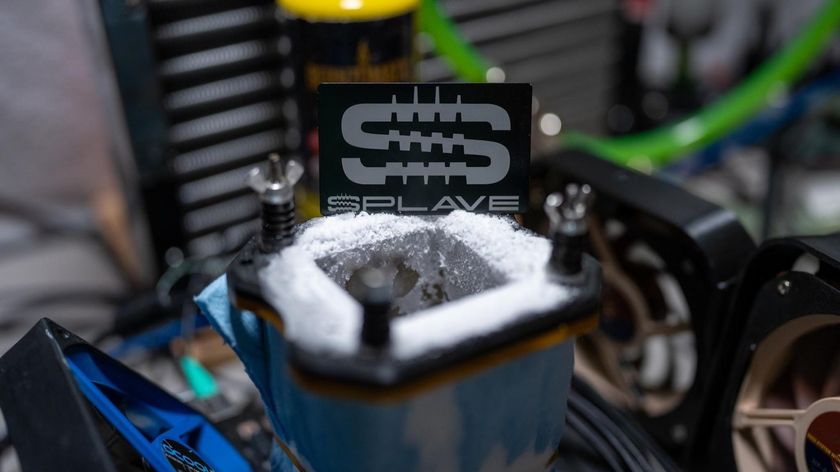Intel Stakes Its Vision of the PC Future with 775 Launch
New Socket: LGA 775
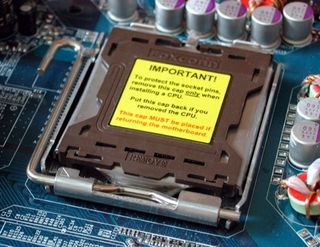
Virgin motherboards will be delivered with a cover that protects the processor socket. Keep an eye on the manufacturer of these parts, Foxconn, who is currently trying to conquer the channel market with its own motherboards.
Using metal components, the LGA 775 socket is much more robust than former types. Since the processor has no pins any more, the metal frame is now used to lock the processor. As a result, you won't end up pulling out the processor when you want to remove the heat sink only.
LGA (Land Grid Array) technology comes from the high-end server arena and allows for higher pin densities as well as very consistent electrical and mechanical characteristics. Less force needs to be applied in order to secure physical contact. According to an Intel PR manager, the main reason for introducing LGA 775 was the larger pin count, which makes it easier to supply power to future processors. Although Tejas has gone, we can be fairly sure that future CPUs will require a decent amount of power - particularly if you think dual core.
While the pins have been part of the CPU before, they are now relocated to the socket. Most of Taiwan's motherboard makers are afraid that their motherboard return rates may skyrocket due to damaged LGA 775 sockets. Of course they would have to answer for that type of damage in some way. Considering the ongoing price war between Asus and most of the smaller manufacturers, costs will become a matter of life or death.
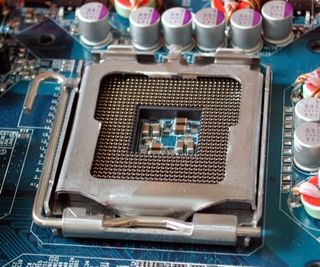
This is it. Let's install a processor now.
Stay On the Cutting Edge: Get the Tom's Hardware Newsletter
Get Tom's Hardware's best news and in-depth reviews, straight to your inbox.






